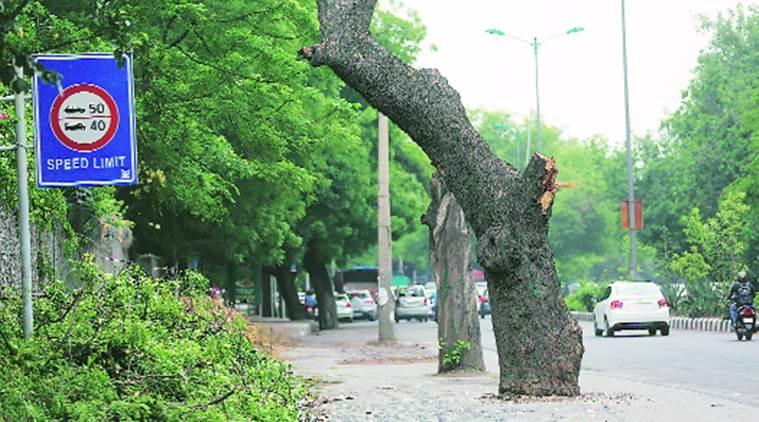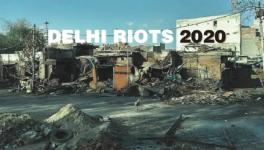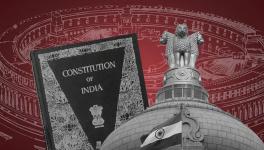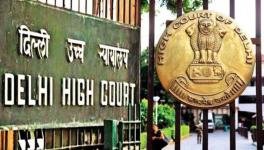What Makes A City ‘Smart’?

The High Court has put a stay order on a decision by the Ministry of Housing and Urban Affairs, thus banning the slashing of 16,500 trees in Delhi, till July 4. In order to make space for seven major housing and commercial projects, the axing of these trees in major parts of the city had been sanctioned earlier this month. This ruling had received considerable backlash from several environmental organisations working in the city.
The cutting down of these trees was part of a larger project the Central government has been leading since 2015. ‘100 Smart Cities Mission’ by Prime Minister Narendra Modi, through which the government had promised to make 100 cities citizen-friendly and sustainable. But it seems that India’s idea of a smart city - a concept that comes from the West - is quite different from what it has meant for countries such as Switzerland and France, that are leading environmental developers. The 2018 Environmental Performance Index (EPI) awarded India the fourth place from the bottom. The World Health Organisation reconfirmed that several Indian cities have become death traps because of very high levels of PM2.5 (particulate matter less than 2.5-micron size) and of the 20 most polluted cities in the world, the top 14 are in India. Further, it surveyed 280 cities in India for clean air and none of them met the set standards.
In light of these alarming reports, one needs to address a larger issue that has been hovering over Indian skies for a long time but seems to have got lost amidst the smoke and dust, especially in the last four years. While we occupy ourselves with debates around the need for the development of infrastructure and the impact - or the lack of - compensatory afforestation, we turn a blind eye to a much greater problem that stands tall in the face of the kind of development that the Indian government has opted for and that is being rapidly implemented in all of India.
The idea of building smart cities is one picked from the West, and it seems, been blindly adopted by India without weighing the context or the consequences. A smart city is one wherein automated technology is used to economise energy and build citizen-friendly governance. It means, sustainable use of electricity, sustainable sewage systems and more accessible provisions for mobility. In the simplest terms, it means to move an existing city or area to the next level, through artificial intelligence. To build such a city or area, trees need to be cut to make space for infrastructure. But this needs to be done by not forgetting the need for green spaces that cannot be compensated for by planting a few saplings - a proposition that was made by the Forest Department in reference to the recent afforestation plans in Delhi.
“With the proposition of building smart cities in India, Modi is merely selling an image; to make 100 showpieces that would match Western standards”, says D. Raghunandan, Delhi Science Forum. The cities that were made part of this mission early on see little improvement and some have worsened over the years in terms of overall pollution levels. The Yamuna that flows through the national capital has 16 million faecal coliform PPM, which indicates to a direct disposal of 850 MGD sewage waste into the river every day. Over the last 22 years, the government has spent over 5,000 crores towards the maintenance of the Yamuna river and today it gasps for air. Bengaluru, one of the seven cities picked from Karnataka, regularly experiences fires in its lakes due to the dry debris that’s dumped in them. Shimla, another city picked early on, is suffering through one of the most atrocious water crises in the history of the subcontinent.
Interestingly, the Prime Minister is a self-declared environmentalist. He has written two books on green development and about striving to bring about a real change in global environment. In his speech at the Paris summit, he also offered voluntary commitments on scaling down greenhouse gas emissions. However, the Global Innovation Index of 2017 shows a different picture altogether. Under the heading of ‘Environmental Certificate’, it has placed India on the 69th number in a list of 126 countries.
This narrow-minded outlook of smart cities is visible in the latest case of Nauroji Nagar - an area not fortunate enough to have been saved by the High Court ban, as it has already lost as many as 1,465 trees for the construction of the World Trade Centre. The authorities were quick to sanction the cutting of trees, but made no provisions to expand the carrying capacity of these areas; to boost water and electricity supply. Has action been taken to improve transportation facilities, or the sewage system, or hospitals and dispensaries, schools or shopping complexes in the area - or any other area that was targeted by this project in Delhi, be it Sarojini Nagar, Kasturba Nagar, or Netaji Nagar?
Get the latest reports & analysis with people's perspective on Protests, movements & deep analytical videos, discussions of the current affairs in your Telegram app. Subscribe to NewsClick's Telegram channel & get Real-Time updates on stories, as they get published on our website.
























